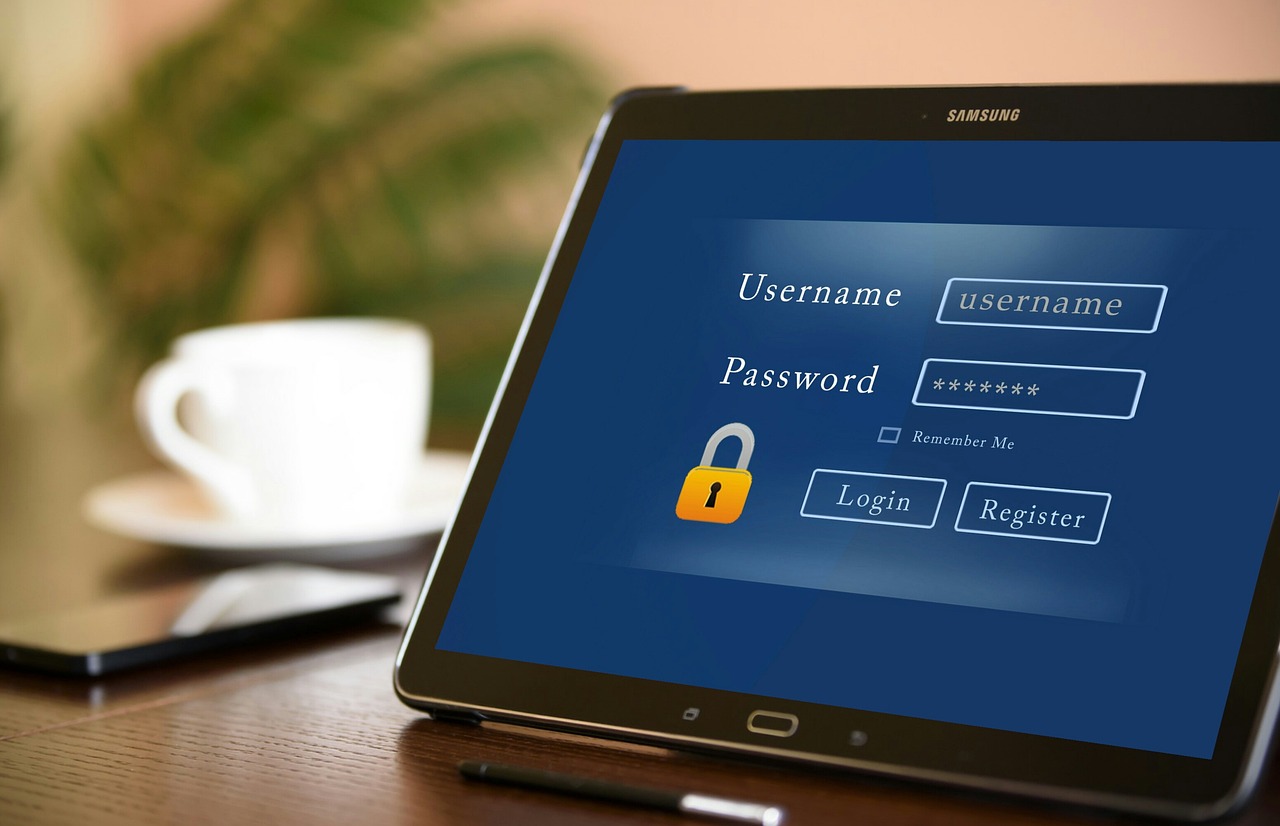Simple Ways to Stay Safe When Online
The internet has revolutionized how we communicate, work, and access information, but it’s important to prioritize online safety to protect our personal information and digital well-being. With cyber threats and online risks becoming increasingly sophisticated, adopting effective safety practices is essential for a secure online experience. You can also learn more about hacking from OnlineThreatAlerts and other online sources. In this blog post, you will learn how to stay safe online, whether browsing social media, shopping, or conducting business.

Strong and Unique Passwords
It is advisable to develop a strong, complex passcode for your online profiles and avoid utilizing the same password across multiple sites.
Two-Factor Authentication (2FA)
Enable two-factor authentication whenever possible. 2FA features an additional layer of security by requesting a second form of verification, such as a text message or authentication app, and your password.
Beware of Phishing Attempts
Be cautious when clicking on links or opening attachments in emails or messages. Cybercriminals often use phishing tactics to trick users into revealing personal information. Verify the sender’s identity before taking any action.

Secure Wi-Fi Connections
When using public Wi-Fi, avoid accessing private information like online banking or personal accounts. It is advisable to utilize a virtual private network (VPN) to encrypt your internet connection, as public networks might be less secure.
Monitor Privacy Settings
Regularly review and adjust the privacy settings on your social media profiles and different online platforms. Limit the amount of personal information you share publicly to reduce the risk of identity theft and unauthorized access.
Limit Personal Information Sharing
Be keen when sharing personal information online, especially on public forums or social media. The less information available, the harder it is for cybercriminals to target you. Awareness of common cybercriminal tactics will help you recognize and avoid potential risks.
Child Online Safety
If you have children, educate them about online safety and establish guidelines for their online activities. Monitor their internet usage and encourage open communication about potential risks.

Safe Online Shopping
When purchasing items online, ensure the site uses secure connections (look for “https” and a padlock icon in the address bar). Avoid making purchases on unfamiliar or unsecured sites.
Conclusion
Staying safe online is a shared responsibility that requires vigilance, awareness, and simple yet effective security practices. By implementing strong passwords, enabling two-factor authentication, staying vigilant against phishing attempts, and frequently updating your software, you can significantly lower the risk of falling victim to cyber threats. Prioritizing online safety protects your personal information and contributes to a more secure and trustworthy digital environment for everyone.



